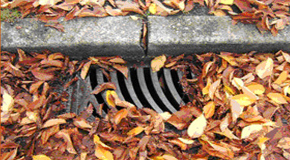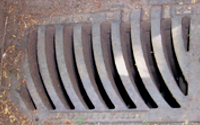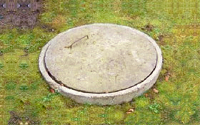 How to minimize flooding
How to minimize flooding

Be on the lookout for opportunities to do your part to prevent floods from happening.
If you know the history of your home, you will know when and under what circumstances your home could be more prone to flooding, and allow you to take the necessary precautions.






